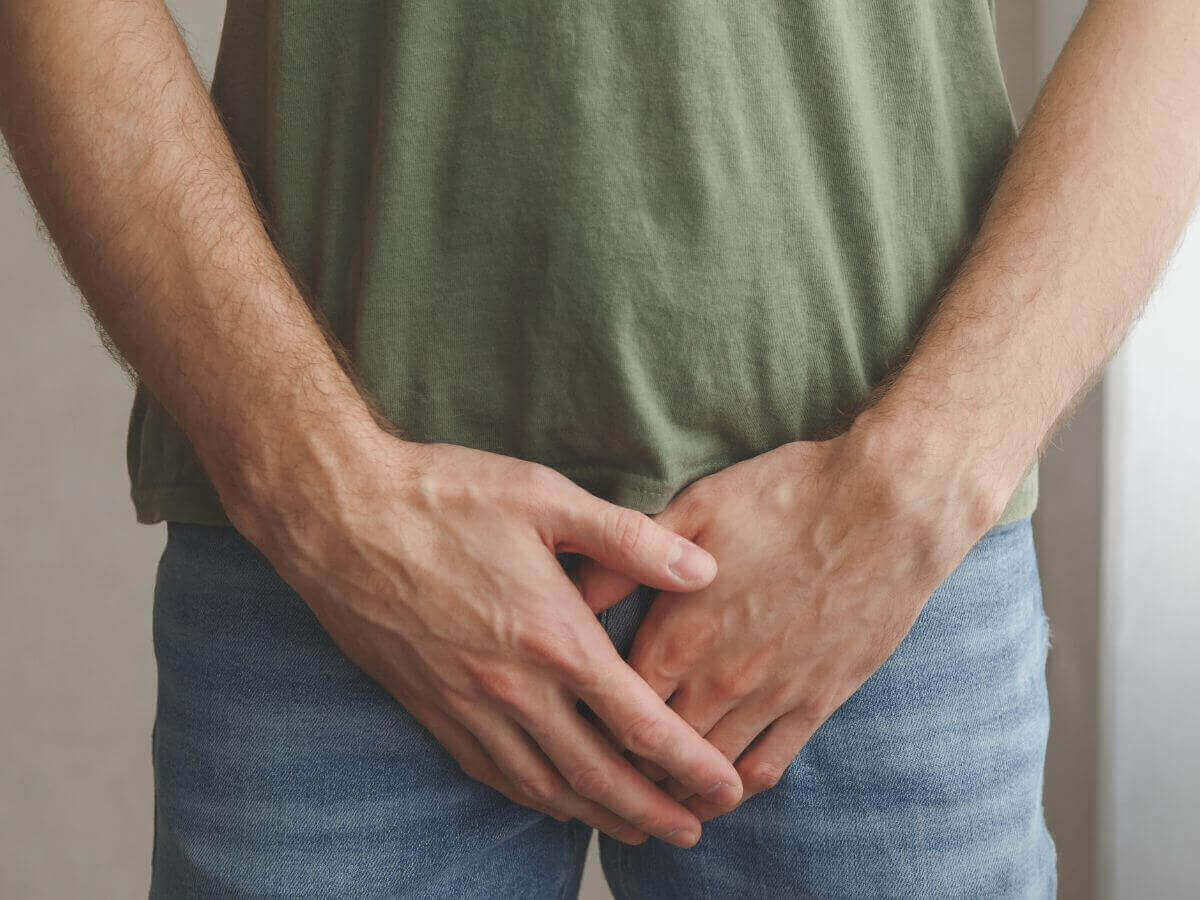It is normal for men to experience erectile dysfunction occasionally but when the problem persists for three months it is a good idea to consult a doctor because it could indicate other underlying health issues. Erectile Dysfunction (ED) refers to the inability to get an erection or maintain firmness for sexual intercourse.
A person suffering with ED might seek testosterone replacement therapy since low testosterone levels can actually contribute to erectile dysfunction. Other symptoms of low-T include loss of muscle mass, body and facial hair, lethargy, depression, brittle bones etc.
Lack of blood flow is one of the main reasons for ED, which in itself is indicative of atherosclerosis or hardening of arteries. ED can also be a lifesaver since it draws much needed medical attention before the hardening of arteries causes fatal heart attacks.
How does testosterone help achieve erections?
Testosterone being the male sex hormone that starts dropping 1% each year after 30 and does so for 50+ years. Low testosterone levels can also result in ED, making ED a fairly common occurrence in those over the age of 50. ED can also be a result of other medical conditions, mainly lack of blood flow to the penis due to blocked arteries, high cholesterol or high BP.
Testosterone acts as a vasodilator - it helps expand blood vessels to facilitate increased blood flow.
Erection requires a combination of vascular, neurological, psychological and hormonal factors. The process starts when nitric oxide and other neuroendocrine factors relax muscles of arteries and tissues that increase penile blood flow. The initial release of nitric oxide is facilitated by testosterone. Thus, age related drops in testosterone levels play a part in erectile dysfunction.
Steps to determine for Erectile Dysfunction (ED)
A blood test is the starting point to determine if you are suitable for TRT therapy for your ED. The blood test has to be done a couple of times and in the morning, when testosterone levels are highest in the body.
After determining that you have low -T, based on symptoms, a blood test and your doctor’s review, all other causes for low-T have to be eliminated first to start TRT therapy. By eliminating all other causes of ED except hypogonadism, TRT therapy prescription will help erectile dysfunction.
Quite a few studies have demonstrated that using TRT therapy improves erection function in mild to moderate cases of ED.
 |
||
Get TRT at 1 CADTake our online test and check if you are eligible for our hormone therapy. This allows our medical team to analyse your blood test and confirm if you’ve qualified for treatment. |
How long does it take TRT Therapy to show erectile strength improvements?*
Effects can be seen rapidly after 3 weeks of testosterone therapy.
- Increase in morning erections after 3 weeks.
- An increase in percentage of full erections, sexual performance and satisfaction with erections noticed after 30 days.
- Increase of ejaculation and sexual activity after 2 weeks and 3 weeks respectively.
- In patients with veno-occlusive dysfunction, testosterone undecanoate restored erectile function after a minimum of 3 months and a maximum of 11.5 months.
*This information is collated from various studies.
Testosterone alone for ED is fine when symptoms are mild, and there is a confirmed low-T diagnosis.
A testosterone only approach is also a sensible one, since this avoids taking a pill in anticipation or ‘when the moment is right’.
Testosterone is a package deal that improves both libido/sexual drive as well as erections.
But what if the low-T box and mild Ed boxes aren’t checked? What about PDE5 inhibitors the actual ED meds?
Right. So if TRT alone is not giving the desired results, and the quality of erections are not quite upto the task, it is safe to combine TRT with PDE5 inhibitors like Sildanafil which is generic Viagra.
PDE5 inhibitors pump up the volume of blood to the penis by relaxing muscles and increasing blood flow to the corpora cavernosa, the sponge like tissue enveloping the penis, which improves firmness of erection for a satisfying sexual intercourse.
Can Testosterone Therapy Treat Erectile Dysfunction?
The complications and the severity of Erectile Dysfunction (ED) concerns the complex physical and psychological components that reduce the quality of life among male individuals. Testosterone Replacement Therapy (TRT), also known as TRT for erectile dysfunction, has emerged as a front-line treatment modality for an established diagnosis of low testosterone levels—a common factor in a majority of cases diagnosed with ED. TRT therapy for erection is not only related to the physiological aspects of erectile dysfunction but also adds to the psychological well-being of the patients to some extent, and thus provides a holistic approach towards the management of the said disorder.
Testosterone is considered an important hormone in male sexual function, which influences libido, erectile function, and overall sexual satisfaction. Its effects on the vascular system, in particular vasodilation and blood flow, lay at the center of the role it plays in the management of erectile dysfunction. Testosterone replacement therapy, or TRT for ed, can in and of itself restore testosterone levels back to the expected normal range and hence rekindle sexual desire, which is a founding step towards erection. However, concerns about TRT causing ed have been discussed, necessitating a careful approach in its application.
Moreover, the nitric oxide pathways require testosterone to enable it to produce vasodilation, a major factor for blood flow into penile tissue. This is in addition to facilitating improved blood flow, directly affecting one's ability to have and maintain erections—another one of the major physiological obstacles to satisfactory sexual activity. Adding to this, the introduction of PDE type 5 inhibitors for ED has provided another avenue for managing erectile dysfunction, which, when combined with TRT therapy for erection, can offer a comprehensive treatment strategy Despite the benefits, the dialogue around TRT causing ed suggests the importance of personalized medical advice to navigate potential side effects.
Combining TRT and PDE 5 Inhibitors for Treating ED
- Combination treatment with PDE5 inhibitors and testosterone is safe and effective compared to monotherapy of PDE5 inhibitors (Spitzer et al., 2012), it may be advised to initially prefer combination therapy with testosterone and PDE5 inhibitors in patients with hypogonadism (Tsertsvadze et al., 2009).
- Still, studies exploring the optimal dose and form of administration of both PDE5 inhibitors and testosterone are mandatory.
The above conclusions are from the following review:
The Effect of Phosphodiesterase-type 5 Inhibitors on Erectile Function: An Overview of Systematic Reviews
Both testosterone and PDE5 inhibitors such as Sildanafil are controlled substances, which only a doctor can prescribe after reviewing other health conditions like diabetes, BP, heart disease, medicines taken, allergies etc. to determine dosage and contra-indications if any, if other medications are involved.
The outcome of combining TRT with PDE5 inhibitors are also determined on presence and absence of comorbidities or ailing from diabetes, obesity etc.
It is important to note that PDE5 cannot help with ED if the problem is psychological. Physical intimacy failures from stress, relationship issues cannot be treated by taking Sildenafil or any other PDE5 inhibitors.
Testosterone helps with improving libido as well as erection. PDE5 inhibitors cannot help with sexual desire/libido. It only improves the quality of an erection - making it firm/hard for a satisfying sexual intercourse.
References
|



